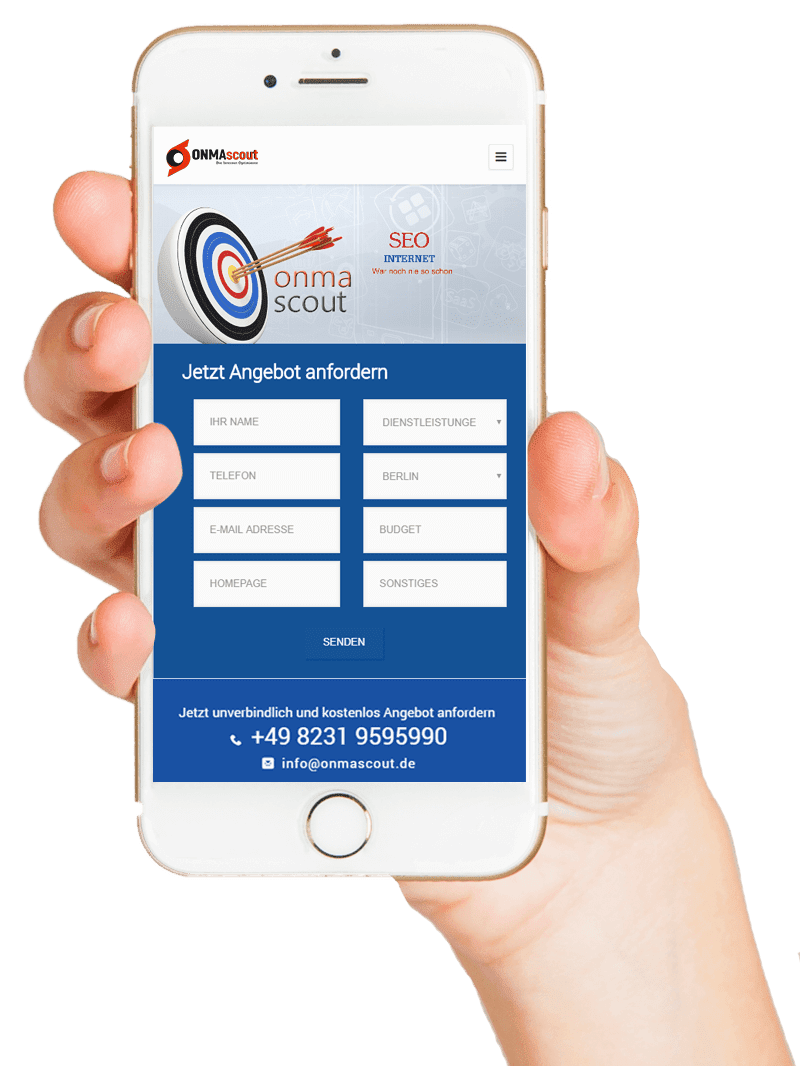Anyị na-eme ihe ngosi gị! Ekwesịrị ịrụ ọrụ dị mma na mmepe ngwa gam akporo ONMA Scout.
Kpọtụrụ
A good Android App Entwicklung Agentur will have a high-quality team that is capable of delivering results that you’ll be happy with. Brightsolutions is one such company. They have headquarters in Eberbach bei Mannheim and are known for their gunstigere Android-Entwicklung hours. Gunstigere hours, Otú ọ dị, do not mean that they skimp on quality. These Android-Entwickler in Mannheim work with high standards, care, and enthusiasm.
Google has announced that Kotlin is now an official language of Android App Development. This new language has a number of benefits over Java, including greater speed and less code. JetBrains kere asụsụ a, otu ụlọ ọrụ ahụ mepụtara IntelliJ IDEA. It is the preferred language for Android developers. Agbanyeghị, developers who prefer Java or C++ can still use the language.
Using Kotlin is easy and cost-effective. It is also open source, so there are no licensing fees. Since it is free, more people are learning it and becoming skilled in it. And since Kotlin is the official language for Android App Entwicklung, more companies are converting their development projects to use it. Kotlin is already used by Uber, Trello, Square, and Coursera.
Because it is easier to maintain than Java, Kotlin requires fewer lines of code than Java. Na mgbakwunye, Kotlin is simpler and cleaner than Java, which means fewer bugs. Na mgbakwunye, a shorter development time will also reduce costs. Na mgbakwunye, because the language doesn’t use much memory, Kotlin developers can add more functionality to existing components without writing a lot of code.
The decision between Java and Kotlin is largely dependent on how complex your project is and who will develop it. Ọmụmaatụ, if you are developing a large, complex app, it may be more cost-effective to use Java. And it may be easier to find Java developers in five or ten years. Agbanyeghị, if you’re building a small, fast app, it might be easier to maintain and code in Kotlin.
The major advantage of native Android Apps development over other mobile app development methods is their superior performance and integration. The code written for native apps is more easily readable and analyzed. Ọzọkwa, these apps have the advantage of using hardware and native UI components, which offer high-end functionality, a clear navigation interface, and a more attractive design. This makes them the preferred choice for mobile app development.
Native Android Apps are highly favored among developers due to their compatibility and high level of customization. N'ihi ya, they provide maximum performance and integration. Many well-known applications have been created using this method, including LinkedIn, PokémonGo, na Google Maps. Native app development is highly important because mobile devices are used on the go and the performance of an app is a vital element in a user’s experience. According to research, 80% of users will try an app once before deciding to purchase it. The slightest underperformance can turn away prospective users.
Another benefit of native apps is that they can be easily modified based on user feedback and can be updated to incorporate new features based on market needs. This keeps the apps up to date with progress and technology. A professional mobile app developer can also advise you on the best development approach and provide feedback on your project concept. The advantage of native apps is that they require fewer resources and offer the best user experience.
Native Android Apps can store data locally on mobile devices and persist across reboots. There are several ways to do this. Android provides three main data storage mechanisms: an SQLite database, Local Files, and Key-Value Sets. The choice of which one to use depends on your privacy concerns, accessibility to other apps, and space requirements. Let’s examine each method in turn to understand its pros and cons.
When developing an application for Android, you can use the internal and external storage of the mobile device. Both methods store data locally on the device, but external storage is more secure. The internal storage is used by the application, while the external storage is accessible to everyone. It’s important to use the external storage option if the data is private, but make sure to remove it after use. If an application needs to store data that doesn’t have a public path, you can use the internal storage instead.
The first option is to use SQLite storage, which is a file-based database ideal for storing structured data. This storage option is best for apps that frequently update their data. If you don’t want your data to be accessible to other apps, you can use a combination of both options. If you need to store data locally on your mobile device, you can use SQLite databases. But keep in mind that these data storage options can be limited.
Biko rụba ama, na anyị na-eji kuki, iji kwalite ojiji webụsaịtị a. Site na ịga na saịtị ahụ
ọzọ ojiji, nabata kuki ndị a
Ị nwere ike ịchọta ozi ndị ọzọ gbasara kuki na nkwupụta nchedo data anyị